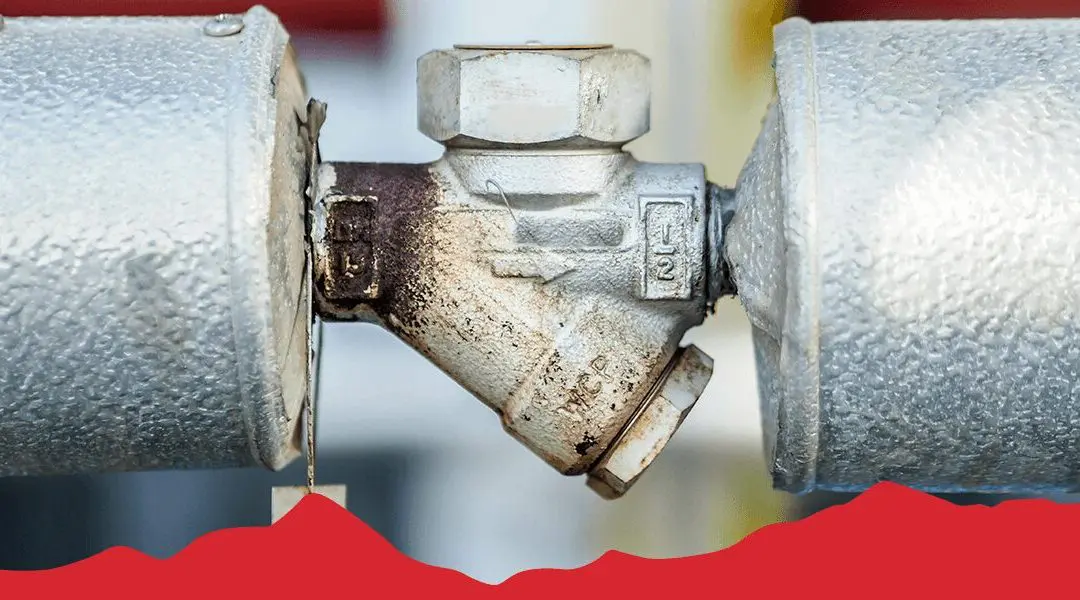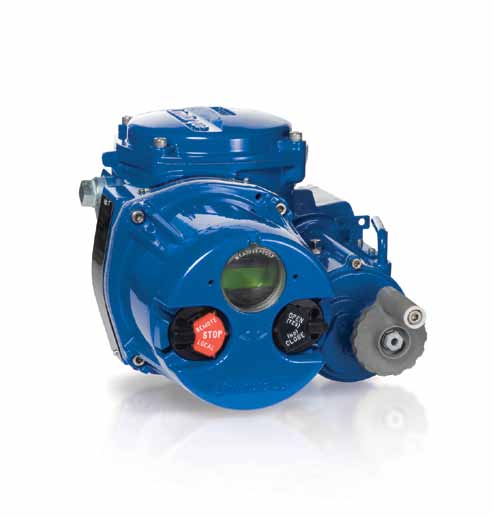- Contact Us
- Call Us
- Menu

Owners and operators of industrial facilities understand the high costs associated with steam trap failures. The often-overlooked component helps reduce fuel waste and production costs while improving overall system efficiency. Therefore, it’s crucial to invest in quality traps and ensure regular maintenance to increase their life span. This guide will address the common reasons why steam traps fail with practical solutions to mitigate unexpected damages.
Read More
Limitorque Actuators – Reliable Valve Automation from MSEC, Inc. Industrial-Grade Performance. Backed by MSEC Expertise. Limitorque MX Electric Actuator – Smart, Durable, Field-Ready Why Limitorque? Limitorque, a Flowserve brand, is trusted worldwide for electric, pneumatic, and hydraulic valve actuators that deliver long-term reliability and precision. MSEC, Inc. provides expert assistance, fast shipping, and competitive pricing […]
Read More